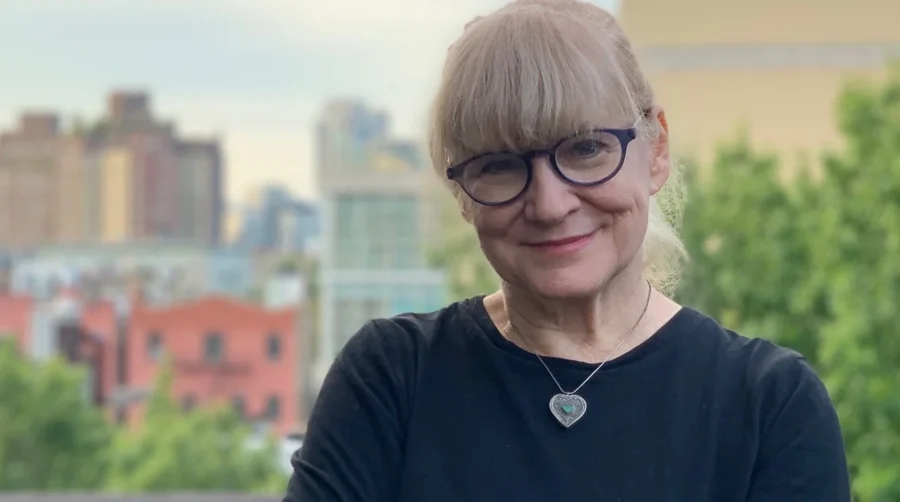Women playwrights have become pivotal figures in modern theater, reshaping narratives and offering diverse perspectives that enrich the theatrical landscape. Historically underrepresented, female playwrights today bring forth stories that explore the complexity of women’s lives, societal issues, and universal human experiences. Icons like Lorraine Hansberry, Caryl Churchill, and Lynn Nottage have paved the way, opening doors for emerging talents who continue to push boundaries in subject matter and form. Through these contributions, women playwrights have broadened the scope of modern theater, bringing fresh, nuanced voices to the stage.
Historical Context and Evolution
The journey of women in theater has been marked by resilience and innovation. In the early 20th century, women playwrights faced significant barriers, often relegated to writing domestic dramas or comedies. However, the feminist movements of the 1960s and 1970s catalyzed a shift, leading to a surge in plays that challenged societal norms and explored complex female characters. This period witnessed the emergence of groundbreaking works that questioned traditional gender roles and provided platforms for women’s voices.
Contemporary Contributions and Themes
Modern women playwrights address a wide range of themes, from social justice and identity to mental health and motherhood, resonating with audiences in profound ways. Works like The Vagina Monologues by Eve Ensler and Sweat by Lynn Nottage delve into topics often overlooked in mainstream narratives, sparking important cultural conversations. These playwrights employ innovative storytelling techniques, from fragmented structures to nonlinear narratives, mirroring the multifaceted nature of their subjects and drawing audiences into complex emotional landscapes.
Notable Women Playwrights
Several women playwrights have made significant contributions to modern theater:
- Lorraine Hansberry: Best known for A Raisin in the Sun, Hansberry’s work delves into racial and social issues, offering a poignant portrayal of African American life.
- Caryl Churchill: A pioneer in feminist theater, Churchill’s plays, such as Cloud 9 and Top Girls, challenge traditional narratives and explore themes of gender and power.
- Lynn Nottage: The first woman to win the Pulitzer Prize for Drama twice, Nottage’s works like Sweat and Intimate Apparel provide deep insights into the lives of marginalized communities.
- Eve Ensler: Her play The Vagina Monologues has been instrumental in sparking global conversations about women’s sexuality and empowerment.
- Amy Herzog: A finalist for the 2013 Pulitzer Prize for Drama, Herzog is known for her complex characters and sharp dialogue, with plays like After the Revolution exploring themes of family and history.
Challenges and Progress
Despite the significant contributions of women playwrights, challenges remain. Studies have shown that female playwrights often have smaller cast sizes compared to their male counterparts, with an average of 5.6 actors per play versus 8.2 for male playwrights. This disparity can impact the scale and scope of productions. Additionally, while the representation of women in theater has improved, achieving true equality in production opportunities and recognition continues to be an ongoing endeavor.
Impact on Theater and Society
The increased visibility and acclaim of women playwrights underscore their essential role in the theater world today. As their voices gain prominence, they challenge traditional theatrical narratives and inspire future generations of women to bring their stories to the stage. This shift not only enriches modern theater with a diversity of perspectives but also fosters a more inclusive environment where the contributions of women are celebrated and recognized as integral to the art form’s evolution.
Women playwrights have indelibly shaped modern theater, infusing it with diverse narratives and complex characters that reflect the multifaceted nature of human experience. Their works continue to challenge societal norms, provoke thought, and inspire audiences worldwide. As the theater community continues to evolve, the contributions of women playwrights remain a cornerstone of its rich and dynamic landscape.










